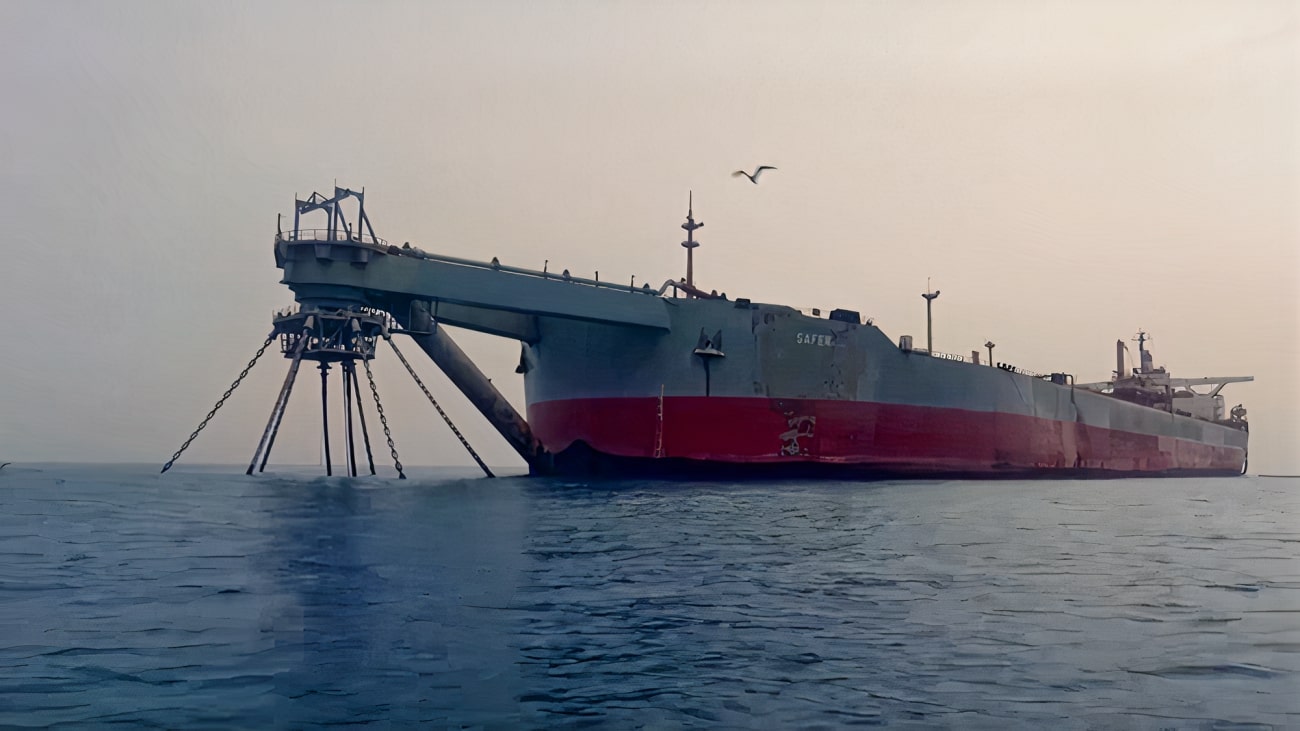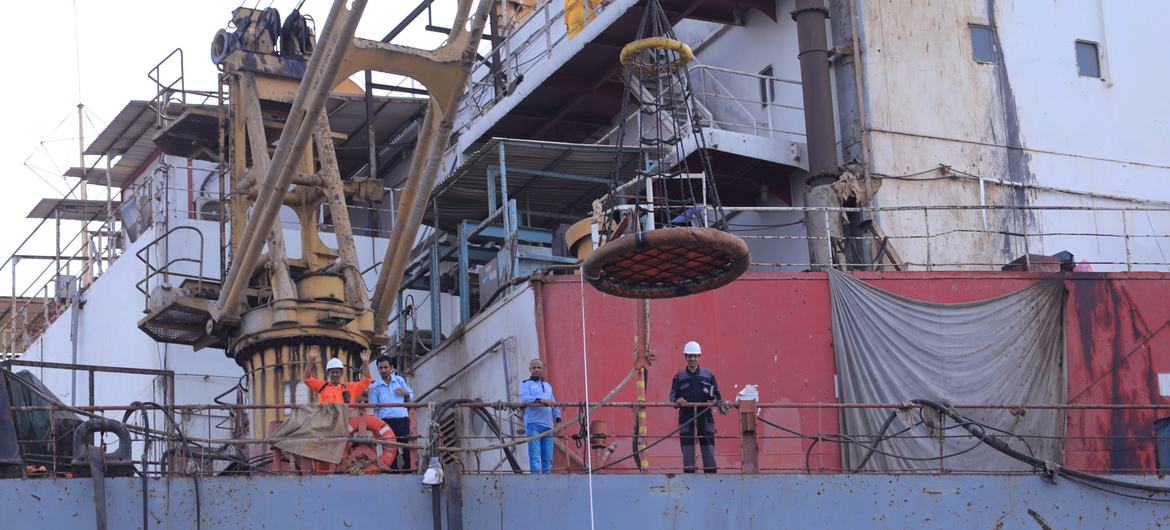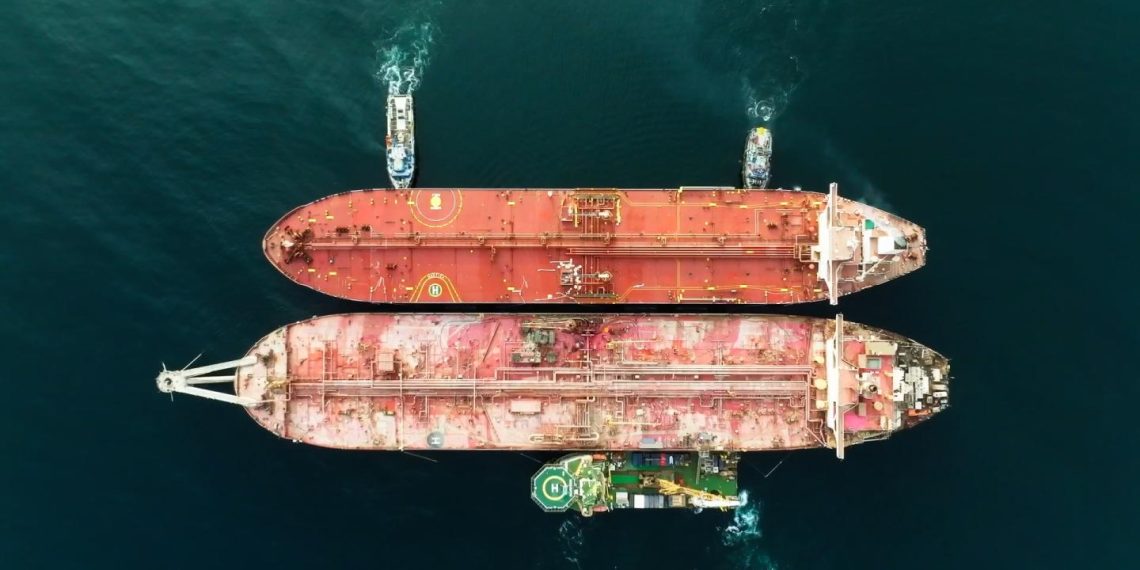Two tankers, laden with oil and toxic waste, are marooned in the Red Sea, caught between Western naval forces and Yemen’s Houthi rebels.
The ships hover near Ras Issa port, a site of conflict where Houthis launch attacks on passing vessels, while Western forces retaliate against Houthi targets.
Efforts by the United Nations to empty and relocate the vessels have stalled. Last year, the UN orchestrated a costly operation, transferring a million barrels of oil from the deteriorating FSO Safer to a new tanker, MT Yemen. However, both ships have remained stationary since August, ensnared in political deadlock.

Disagreements persist between the Houthis and Yemen’s internationally recognized government over the distribution of funds generated by the oil onboard MT Yemen.
No consensus exists on towing the FSO Safer for disposal, despite its hazardous cargo of toxic wastewater and oily residue.
UNDP, in discussions with Yemeni factions, aims to face the impasse and facilitate the vessels’ handover. While Houthi authorities deny intent to damage the ships, suspicions arise that they leverage the tankers for political leverage.
The FSO Safer, a relic from the 1970s converted into a storage unit, poses an environmental threat due to its decrepit state.

Despite oil removal efforts, toxic sludge and residue remain, endangering the Red Sea ecosystem. SMIT Salvage, contracted by the UN, handled oil extraction, but the vessel’s fate remains uncertain.
Belgium’s Euronav, overseeing MT Yemen, maintains a crew onboard under UNDP’s mandate. However, without a resolution on ownership and disposal, the vessels remain in limbo, prolonging environmental risks and geopolitical tensions.
The fate of the stranded tankers underscores the complex interplay of regional conflicts, environmental concerns, and diplomatic impasses in the Red Sea.




